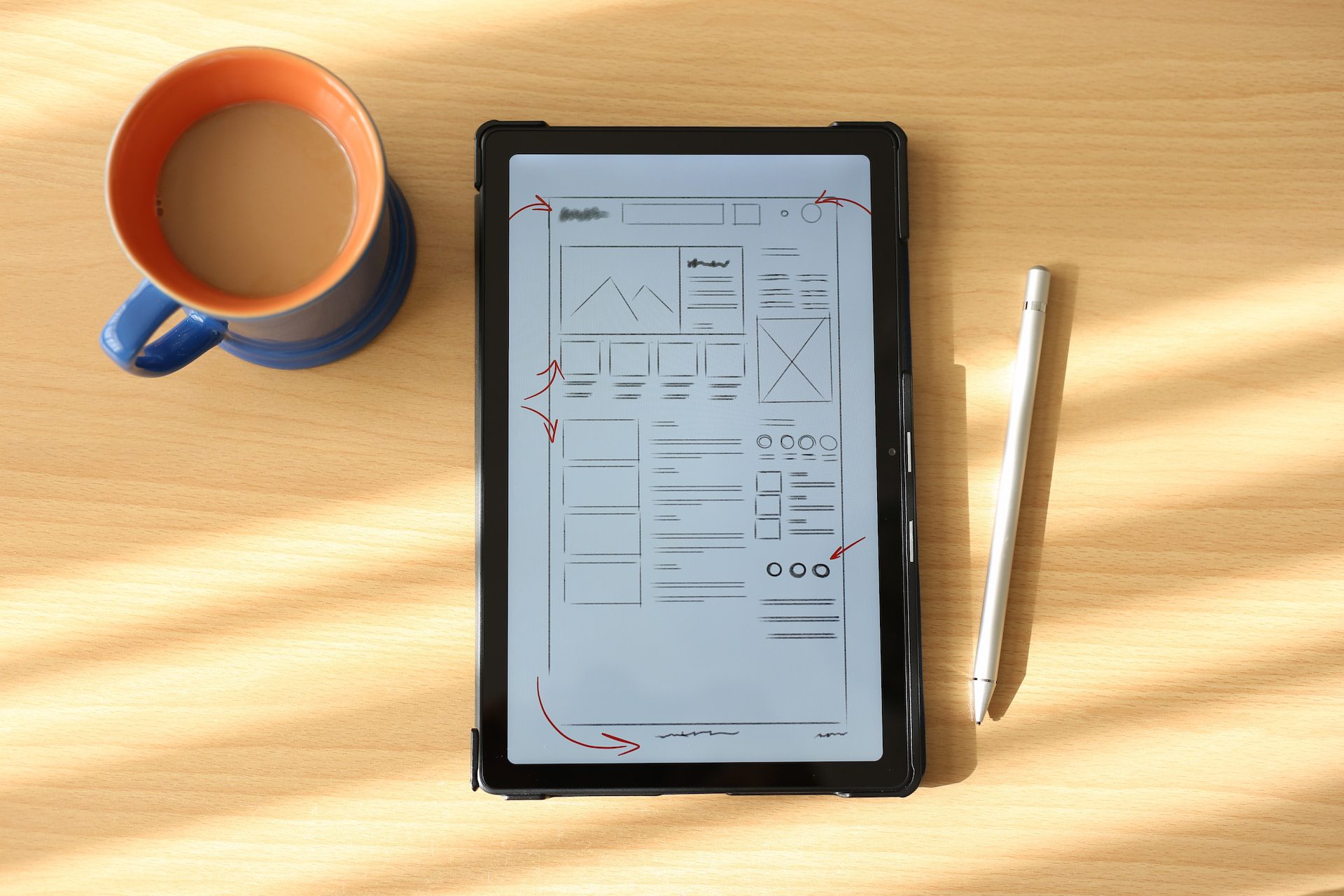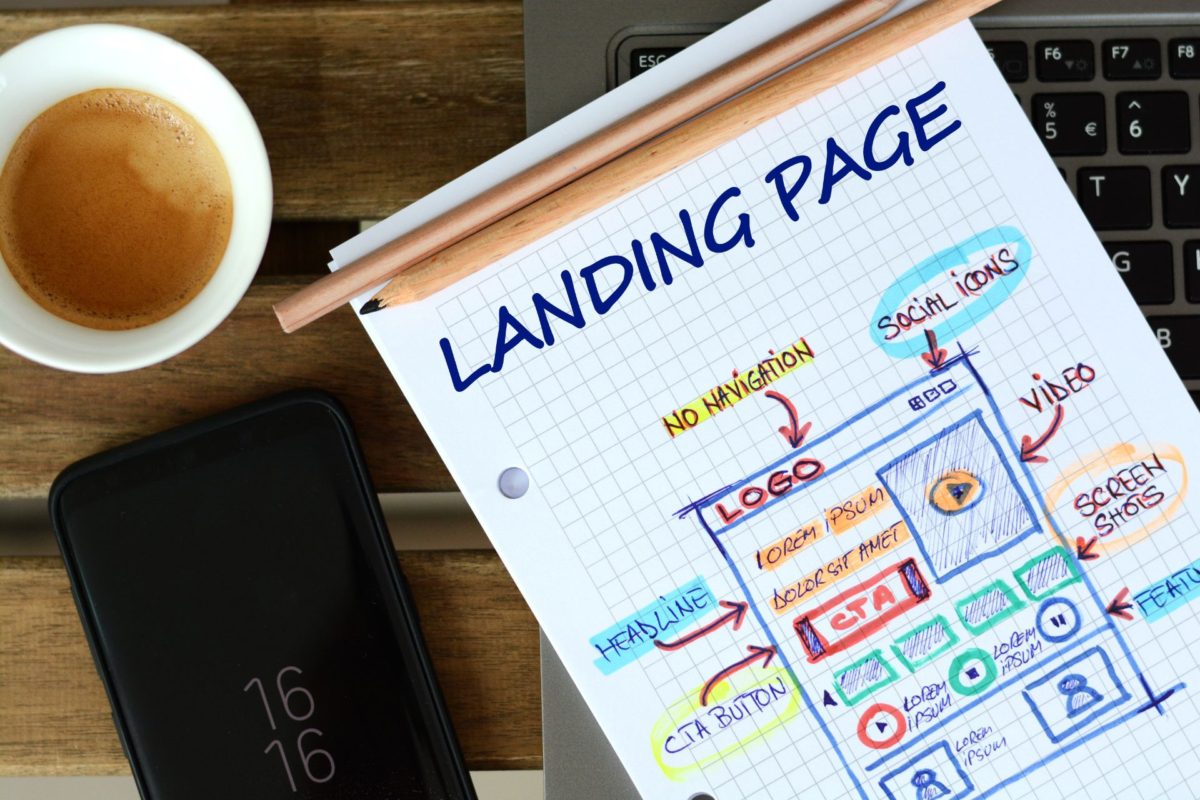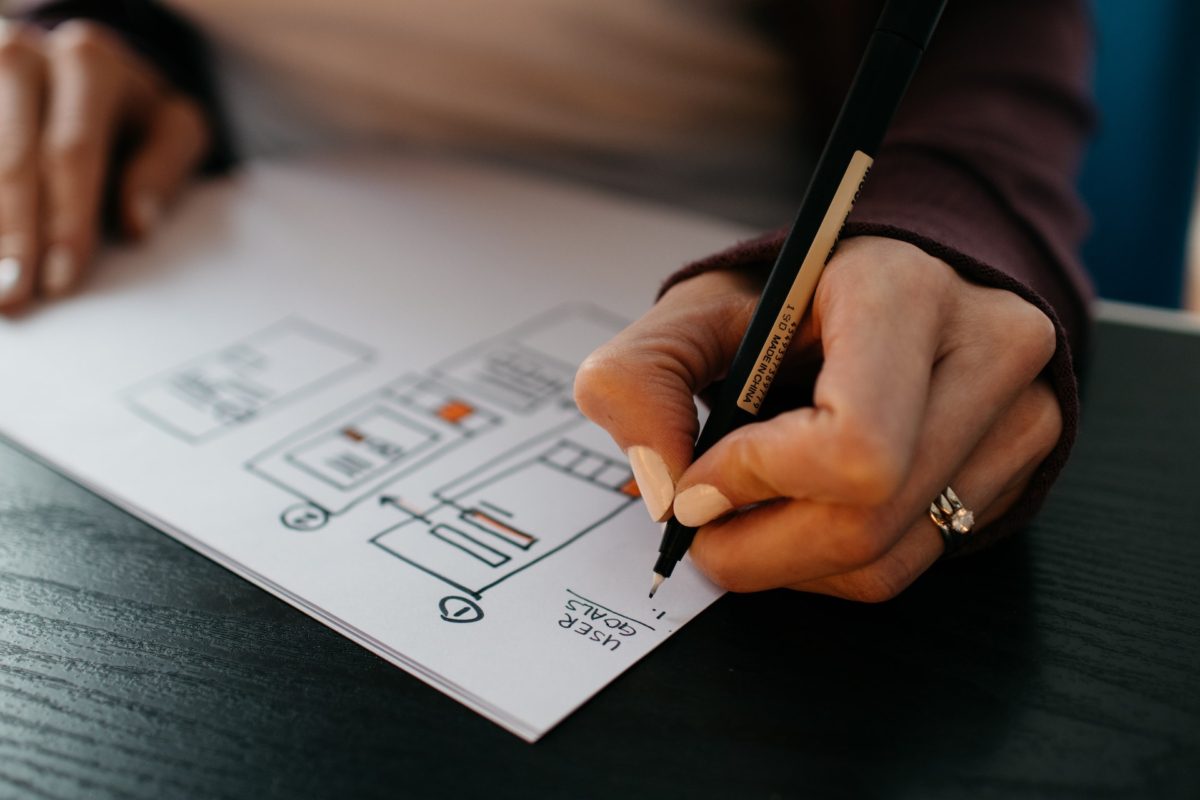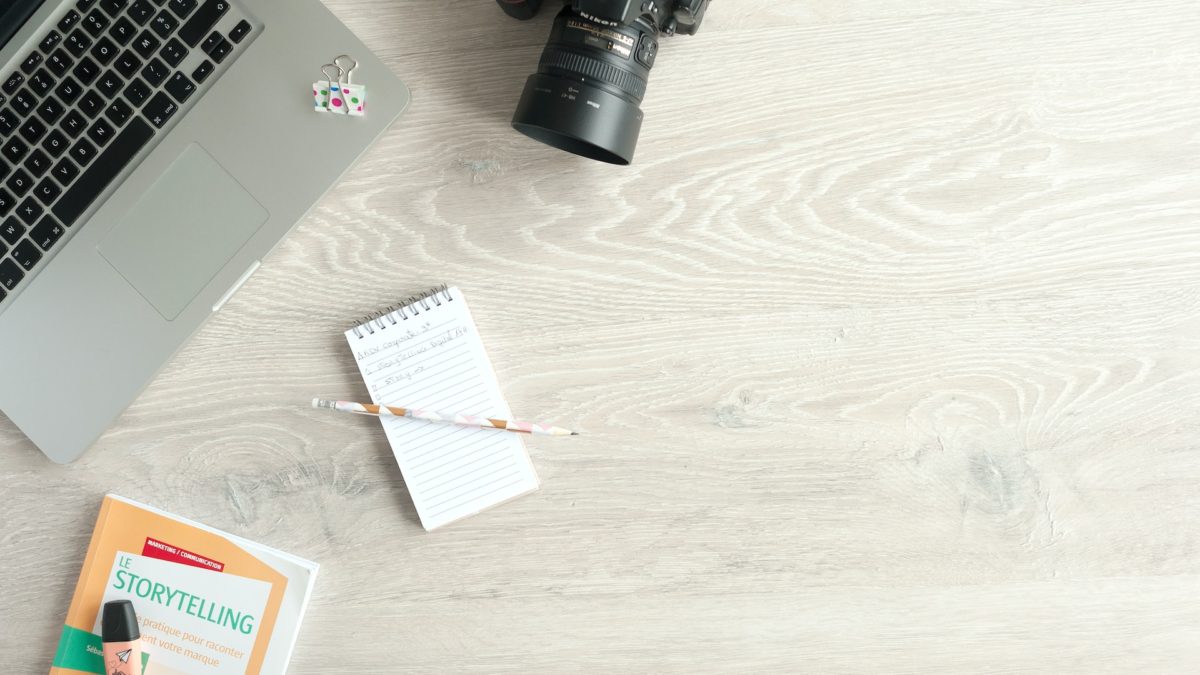This guide breaks down how to create a landing page that converts, guiding you through the process of selecting the right tools, crafting compelling content, designing with impact, and testing to ensure peak conversion rates.
Creating a website that is both functional and aesthetic is not an easy task. However, if you want it to go smoothly and without major problems, you need to prepare a website outline that will make your vision and needs clear to everyone working on it. In this article, we will guide you through the process of preparing a site outline step by step.
What is a website outline?
A website outline is a blueprint that helps you create a functional website that aligns with the user’s needs. It usually includes elements such as:
- purpose – why the website was created
- target audience
- description of the team that will develop and run the website
- website architecture
- structure of the web content
- visual identification
How to build an outline of a website page?
Building a website outline is not difficult, but it does require quite a bit of time and commitment. You need to start by creating a list of its key components. Let’s discuss all the elements that should not be omitted.

Website purpose – where it all starts
The first task is to define the purpose of the new website. This step is extremely important because the process of creating a shopping website is very different from creating a website that is just a one-page company presentation.
Most websites usually have the following goals:
- boosting sales
- building the image of an expert
- building brand awareness
- providing information
- building an online presence
Why is creating a specific goal important?
Having a specific goal is important from the perspective of the content you will include on your website. Remember that a user who visits a new site must immediately understand its purpose and the range of actions they can perform on it. An effective website of an IT business that simply shares its offer and achievements will look different than a website of a person creating a personal brand who sells online courses or a website dedicated to a car workshop. Not only the general website content outline will be different, but also the details such as photos, widgets, subpages, and even the scope of the provided information.
Type of websites and their goals
You need to precisely determine and describe your goal in the website outline to know exactly what kind of website you want to create. There are several types of websites on the Internet. The main ones include:
- One page – a website without any subpages
A site’s outline of this type is usually created to provide users with basic data about a business or to promote a single product. The result is most often a simple web page, which lists the achievements of a given company or provides contact details.
- Classic website with multiple subpages
In this type, in addition to standard elements, such as the home page, about us, and contact, you can find additional subpages like, for example, projects, blog or some unusual categories.
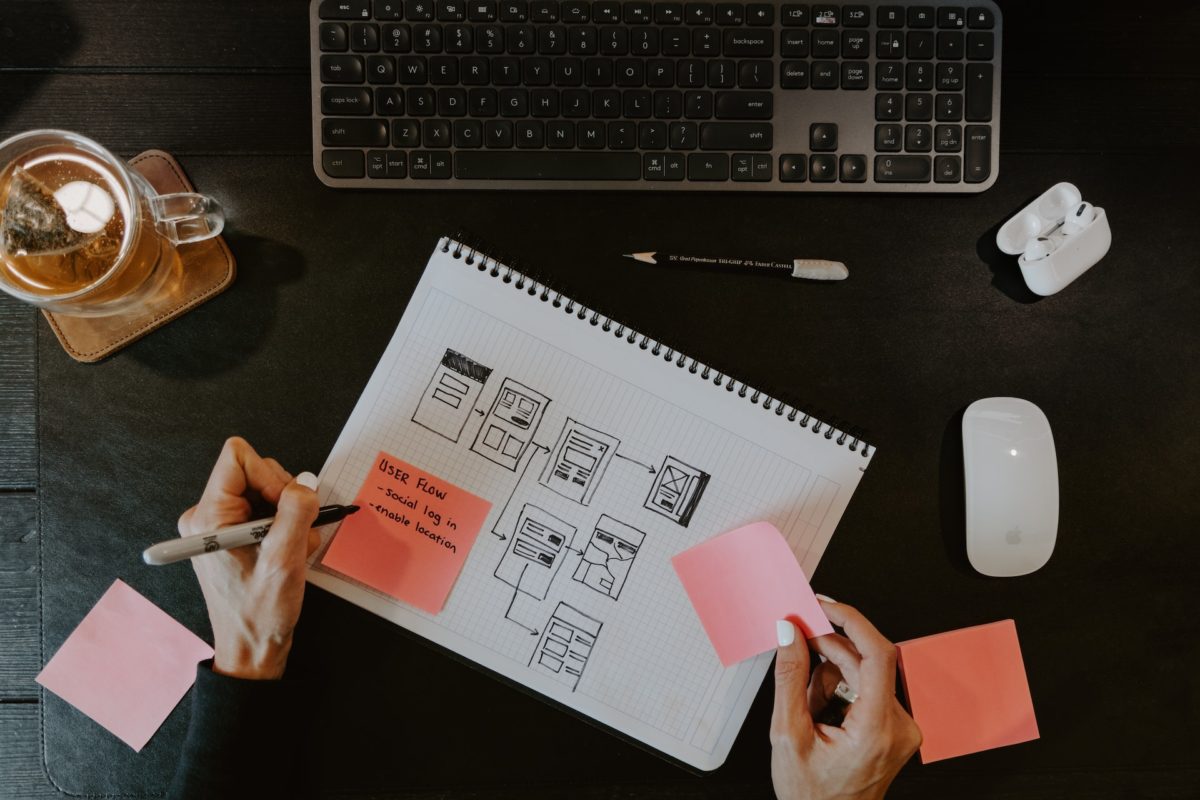
- Landing page
It is most often used to advertise a single product – for example a course or seminar. Users “land” on it to get to know the details of a given product or service, or buy it right away. Such a page needs a clear path that boosts interest in the product, contains all the necessary information, and enables customers to make a purchase.
- E-commerce
Sites of this type are created to sell services and products. The size and structure of such websites vary depending on the number of products that they sell.
Specifying your goal and needs will enable you to choose the right website type with ease, and thus, pick the contractors who will create a product that will meet all your expectations.
Specific target group
Once you know what the purpose of the website is, it is time to think about who its users will be, i.e. you need to determine your target audience. While creating websites, many people focus primarily on meeting the expectations of search engines. Meanwhile, websites should be designed primarily for their recipients, because ultimately they are the ones who will make a purchase or want to use services. That is why defining personas and their characteristics, as well as requirements and needs, is extremely important. This data will allow you to create a website that your target audience will enjoy using.
Almost every business defines its target audience at the beginning of building a strategy. This task will be much easier if you are a part of this group, as you will only need to slightly modify these profiles to suit your website usage needs. However, if you missed this point in your strategy, then you should develop personas as soon as possible.
How to create a persona?
Are you not sure how to create a persona? The best approach is to simply analyze who your potential customer is and determine their values and needs. Among other things, your checklist should cover their:
- age
- gender
- area of residence
- marital status
- job
- needs and expectations from the products they want to buy
- life goals
- material status
- interests
- favorite ways to spend time
Bear in mind that keeping all of the gathered data in one place will make the process of analyzing it much easier. You can collect it in Canva or Word, with the use of a ready-made template.
Add a detailed description of the personas
Completing the basic description is a great starting point for further analysis of your target audience. After creating your ideal customer, you need to think about what exactly they are looking for when browsing the Internet for information related to your industry, as well as what their preferences and requirements for a given product or service are. It is also worth analyzing what can encourage such a person to visit your website. Think about how they should find your business and what they are looking for in this type of content. What can you do to make them stay on the page longer or buy a product?
For example, if you have a brick-and-mortar boutique with women’s clothes, your target audience from the website will want to know more about the style of clothes offered in the store, where it is located, what the opening hours are, and also how to contact you, so you should provide as much detail as possible. This can bring customers closer to the decision to visit your store.
In our article about “Website Design Tips to Boost Conversions“, we dive deep into proven strategies that can turn visitors into loyal customers.
Website content outline team
Human resources play a vital role in the process of creating a website. You need to choose specialists who understand your idea and will approach the project with great commitment. This will push you one step closer to success!

Your team should include:
- Project manager
A person who will take responsibility for the project and manage it from start to finish. They should organize and control the work of all other team members. If you feel up to the challenge and have the resources, it can of course be you, that is, the person commissioning the creation of such a site. However, if you know you do not have much time or know very little about creating a website, it is definitely worth hiring someone to do it for you.
- Developer
Someone has to create a website. You will not be able to start any work without a developer who understands your vision and can prepare a web content outline.
- Hosting specialist
A person who will take care of website hosting, domain, and all other technicalities related to your website.
- SEO Specialist
A person who adapts the website content to the requirements of search engines’ algorithms. This will allow the page to be indexed in the search engine from the beginning of its existence, which is very valuable.
- Content team – copywriter and content manager
These are the people who will write and publish content on your website. You can separate the two roles or hire one person that is comfortable with creating the content structure alone. Keep in mind, however, that it might be hard to find a person who can write well and manage the publishing calendar at the same time.
- Graphic designer
A person who is responsible for the visual identification of your business.
- Testers
The website has to be checked for errors by qualified testers who know the user requirements perfectly. Every website development team needs at least one specialist in this department.
- Administrator
It is very important to have a person on your team who will ensure that everything is working properly on every website page. The Administrator will be responsible for doing constant research on how to develop the website further and limit the possibility of encountering various issues. This is especially important in the case of online stores because errors in sales are an extremely sensitive topic.
UX-compliant website structure
Placing the site structure in the website outline is very helpful when creating a website. At this stage, you have to create the whole information architecture, divide the written data into categories, and then focus on technical development, e.g. by giving them URLs. The more elaborate the ideas for the site, the more work will be needed to implement them, but it is worth the effort because a good initial sitemap will reduce the number of errors along the way.
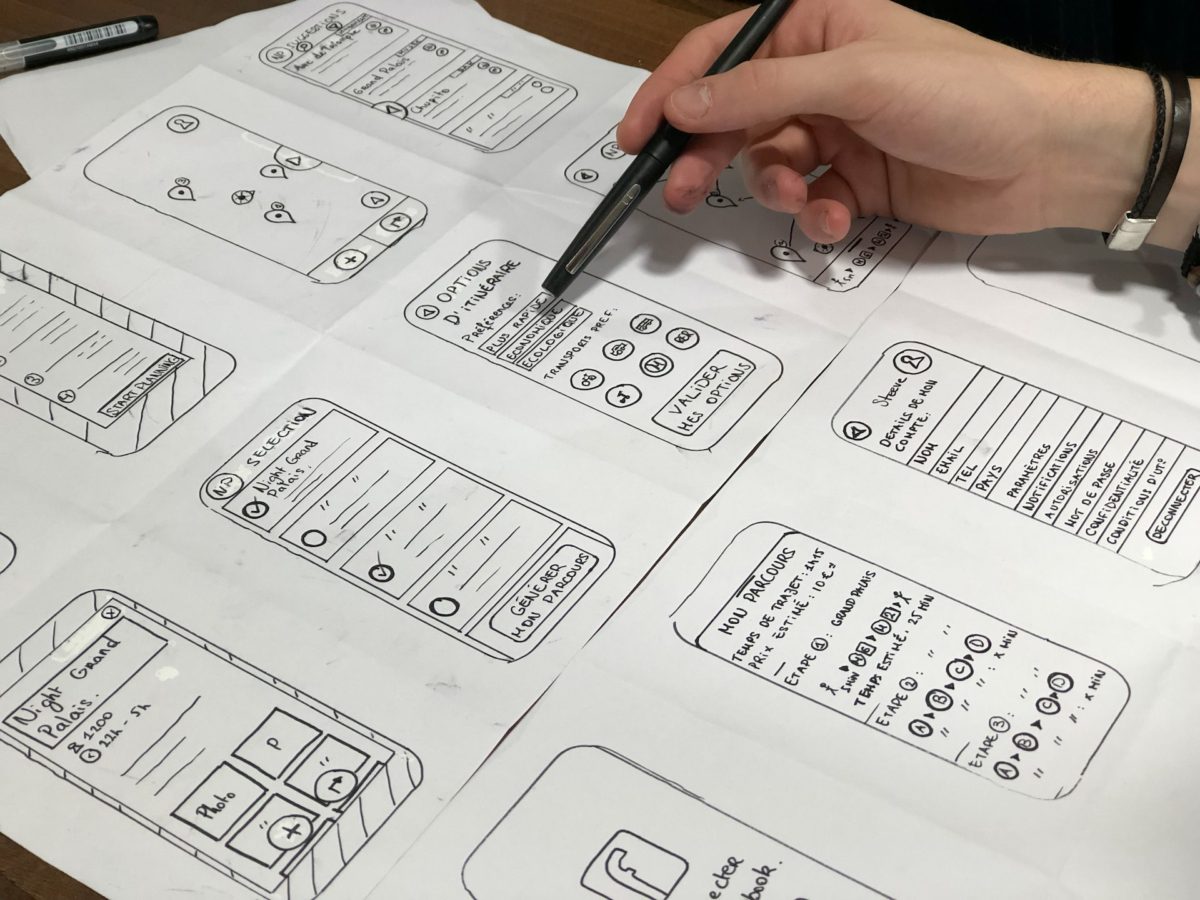
Content outline – construction of the website architecture
When building the structure, you need to consider how many subpages you want to have and what additional tabs they should lead to, as well as what links will be assigned to them. It is also worth analyzing the layout of the website content and selecting all additional elements, such as widgets or links to social media. The website layout must be not only functional but also not prevent the user from accessing actionable data. There is nothing worse than a widget that cannot be closed and obscures most of the important information like phone number or address.
How to start planning the structure of the site?
When creating the structure of the website, which needs to be included in the web content outline, it is best to start with an analog method. Take a piece of paper and a pencil and draw out what the home page, subpages, and tabs should look like. You can also use the option of drawing on a tablet or other digital tools. Then organize everything into meaningful categories and write out all page levels in a graph that will allow the developer to quickly understand the structure. Thanks to this, you will get clear information about page navigation. In the process of arranging the road map, a logical approach and stepping into the shoes of the user will be necessary. Only then you will be able to create the perfect content structure.
Website structure and SEO
One of the main reasons why you have to organize your site structure is that it greatly affects both UX and SEO. Google’s search engine algorithms reward websites that have clear and legible navigation. If your website does not fit these criteria, robots will rank your competitors’ pages in higher positions compared to yours.
Do you need help creating a UX sitemap? On our blog, you will find a lot of posts that will dispel all your doubts and help you put together a functional structure!
Web content outline – texts, photos and videos
The next element is planning all written content, photos and videos that will appear on your website. You need to go through all the categories and every single element of the site, step by step, and then write down all the elements that need to be changed to match your expectations.
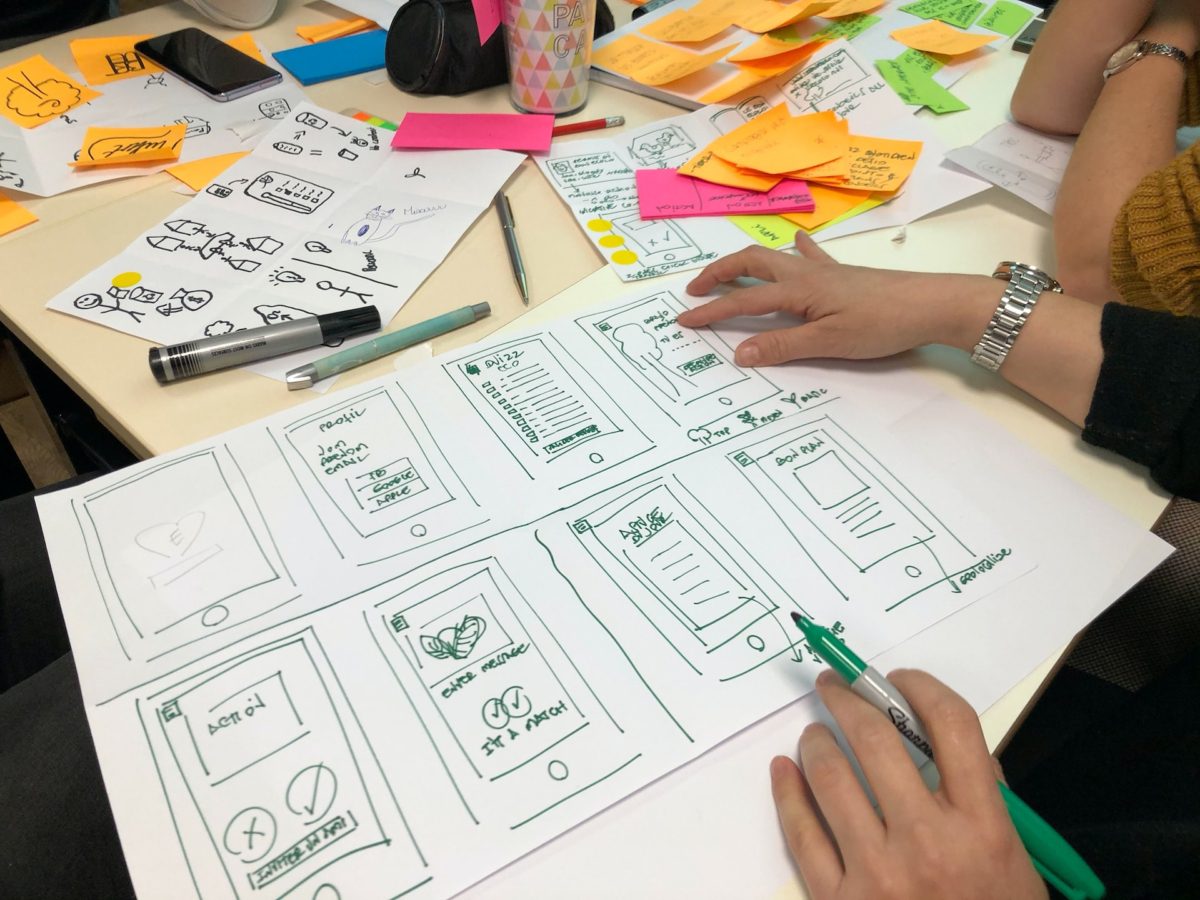
For example, the home page content outline should have:
- a banner at the top;
- a brief description of what the page is about;
- professional photos – in a format that will be of good quality, but will not affect the loading time of the website;
- a footer with contact information;
- widgets and pop-ups (if necessary).
By determining what you need from the beginning and including it in the web content outline, you can easily outsource the work to graphic designers or copywriters. Make sure to check out our blog if you want to learn more about website content creation.
Visual identity – the basis of all web content outlines
Last but not least stage of the website outline is, of course, planning the visual identity of the brand. You will need to determine things like the colors, typography, the style of photos, and videos you want to use on the site. This is very important because nowadays users pay attention not only to the functionality and dynamic operation of the site but also to its appearance. Aesthetics have a big impact on whether users stay longer on a given page or quickly close it. This is especially true for websites from industries where the competition is very intense, and the owners outdo each other by creating increasingly more modern designs for their websites.
How to approach the technical aspect of web content outline?
Web content outlines can be done in various ways. You can visualize your ideas in well-known programs such as Canva, Word, or Photoshop, especially if you already know how such a template should look like. However, if you are completely unfamiliar with this topic, you can use a ready-made outline template from the Internet. They represent the ideas coming from people who have already made hundreds of sitemaps and know perfectly well how to make them as useful as possible.
Now you know how to prepare a website outline and why it is so important to write down your ideas in an easy-to-understand structure. Remember that it is worth spending a few hours more on creating a good plan that will make the entire process easier rather than going back and constantly fixing the same mistakes over and over again. Be sure to contact us if you would like to know more about our custom website design services. We will create a great website for your brand that completely meets your business requirements and fits into the website sitemap prepared by you.
